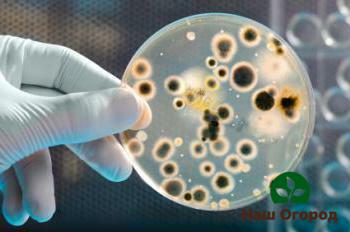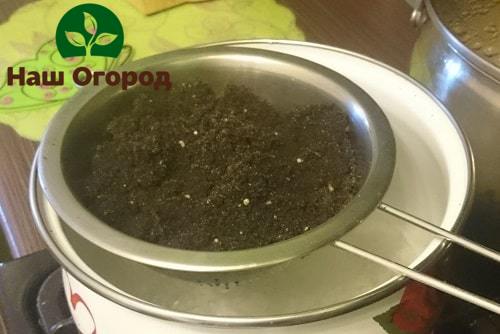Soft soil disinfection
Content:
Today we will talk about a very controversial topic - preparing the soil for planting seedlings, namely, disinfecting the soil. It is estimated that 70% of the risk to seedlings will come from seeds and about 30% of the risk remains in the soil. These figures are very approximate, they are not confirmed by any research, but in general, they characterize the level of risk of our seedlings getting sick with unpleasant diseases - fungal or bacterial infections.
Recommendations for soil preparation
In this regard, there are many recommendations for preparing the soil, for disinfecting it for planting seedlings. Soil is a complex complex of microorganisms, organic and inorganic substances - it is almost impossible to get rid of bacteria and fungi in the soil using the methods that we have at home. In fact, this is not really necessary. If the soil for preparing the mixture is collected from natural sources, for example, peat, or that which is sold in stores is harvested from natural sources, then the risk of getting a large infectious background is very, very small. It is another matter if, when preparing the mixture, soil is used, which was once used in the greenhouse economy. A large number of infections can be found in such soils. True, now most of the vegetable farms conduct their production exclusively on mineral wool and substrates, so the probability of soil ingestion is very small.
Soil disinfection: experimental results.
A small experiment was carried out, its results will confirm or deny the methods of soil disinfection that are offered on the Internet.
From the soil that has not been treated in any way, billions of bacteria in one tenth of a milliliter have grown, as it should be. Warming up the soil with a strong solution of potassium permanganate did not give absolutely any effect - as many bacteria were, as much remained. The same effect was preserved when processing the soil with brilliant green - no effect. And only steaming significantly reduced the number of bacteria, and completely eliminated the bacteria from the soil only by calcining at a temperature of about two hundred degrees for a fairly long time.

There are many more beneficial bacteria in the soil than harmful ones. And if some harmful bacteria or fungus got to us with the seeds, then this ontogenetic microflora will suppress the growth of these pathogens. And if you sterilized the soil and rid it of beneficial bacteria, then the chance that the seedlings will get sick is very, very high. In this case, it remains to do a test seeding. If you are in doubt about the soil you bought, then you need to take seeds of radish or watercress, or other crops that germinate very quickly and sow them in a small amount. And if the seeds sprout well and amicably, this will mean that the soil is not toxic, but is friendly to your plants.

If you want to get rid of insects, worms, nematodes and larvae, then you need to steam the soil for about ten to fifteen minutes in the microwave. In this case, you will not get rid of the beneficial microflora, but you will get rid of the risks that we mentioned.

